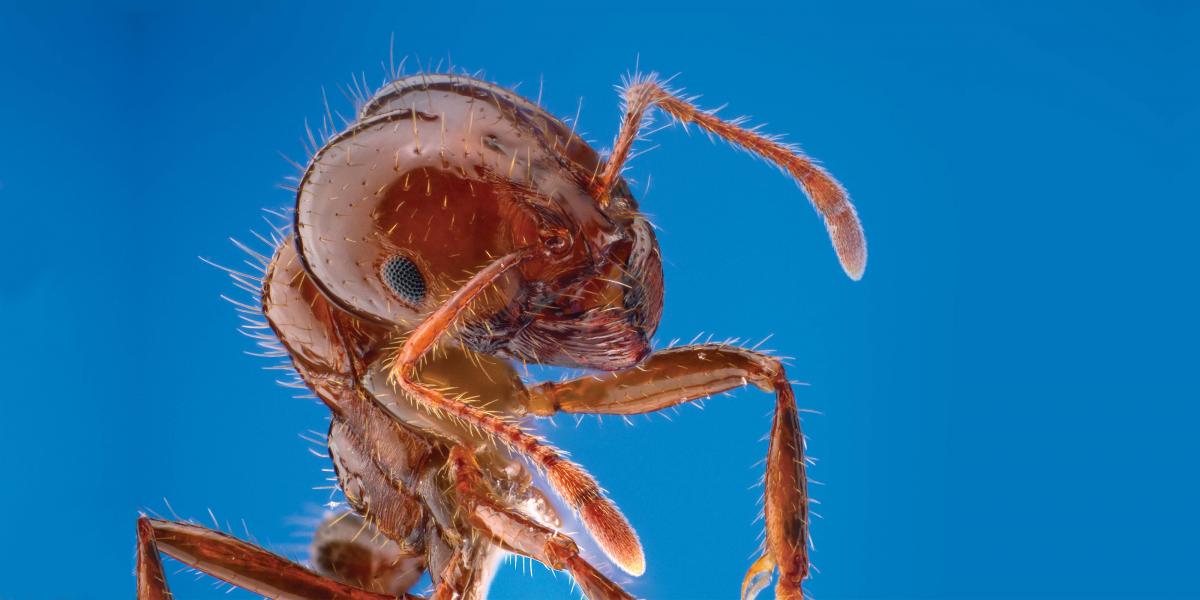The Fire Ant Lesson
Humans still have a lot to learn about taking care of each other.
Say what you will about the average Solenopsis invicta, but fire ants are remarkable creatures. They can tunnel more than 10 feet into the ground and heave dirt into mounds rising a couple feet above their nest. In a flood, they can organize themselves into pancake-shaped rafts that allow them to merrily float along for weeks without drowning. They’re tiny yet nearly indestructible.
What’s their secret? They’re master organizers.
That’s not always a strong point of Homo sapiens. Yes, we can build skyscrapers taller than a fire ant mound. We also can build rockets and bridges, global economic systems and iPhones. However, we don’t seem to make the most of our marvelous technology and the remarkable insights scientists have painstakingly amassed. Consider that 1.5 million people still die each year from vaccine-preventable diseases. We have the technology, yet somehow we haven’t organized ourselves properly to prevent those deaths. We also haven’t pulled ourselves together sufficiently to prevent the 7 million tobacco deaths or 2.8 million alcohol deaths that happen each year. It’s maddening.
I started down this ant path after reading the article on Genee Smith’s remarkable climate gentrification research (page 40). We easily recognize the double injustice of impoverished people losing their homes in a hurricane and then losing their communities because they can’t afford to return—blocked by rising prices and wealthier people.
We need to do better. The first step is acquiring knowledge; researchers like Smith can help us understand the issues. The second, even-harder step is collective action. That’s where we need help.
I keep thinking about the pancake of fire ants riding out a flood. They know that we’re all in this together.
